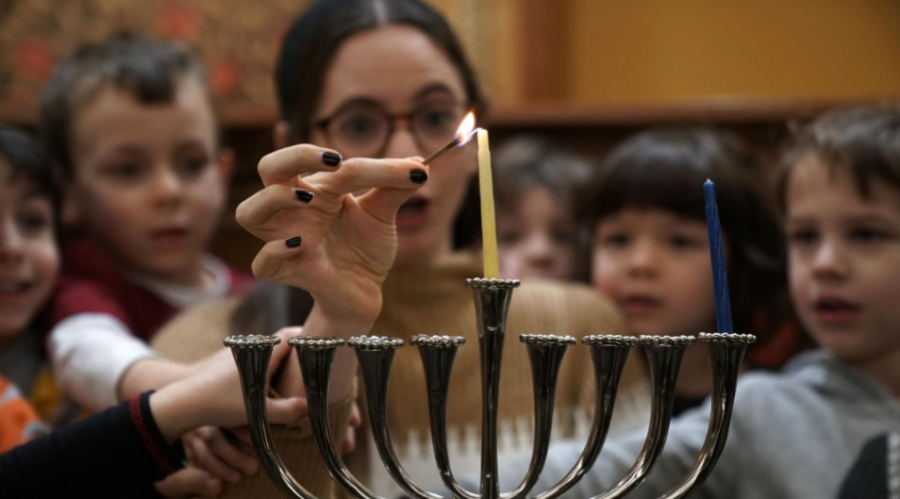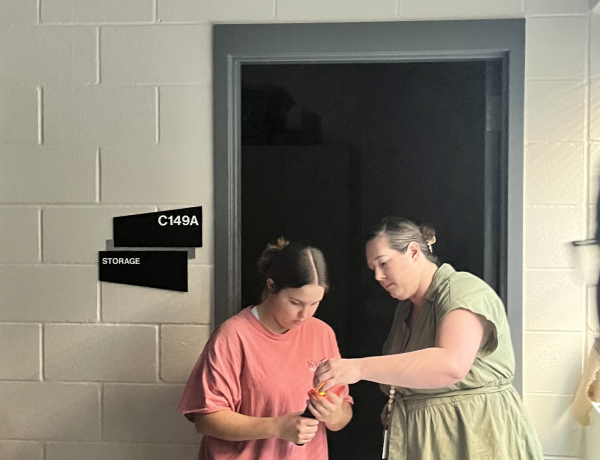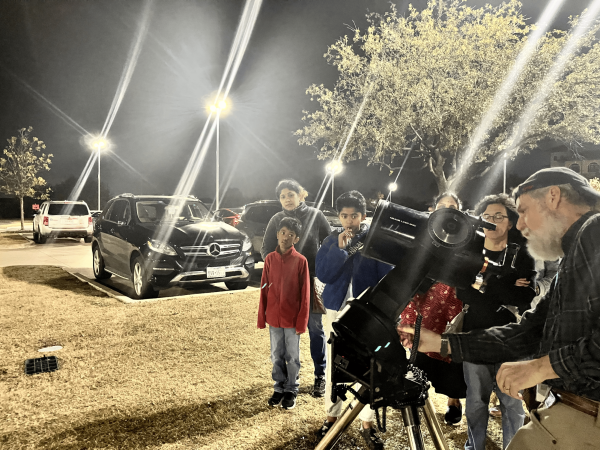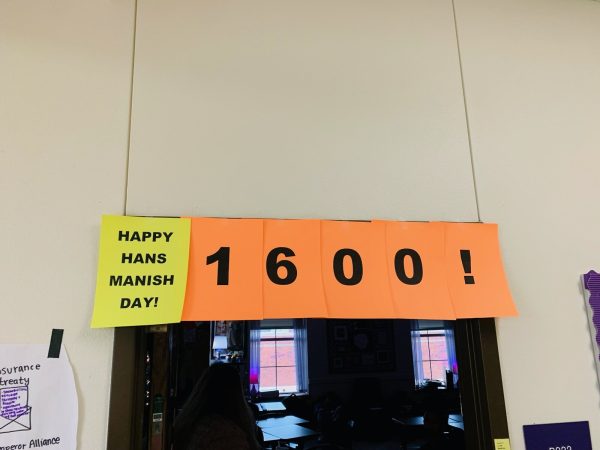IHS students celebrate winter holidays
December hosts a variety of religious and cultural holidays across the globe. This year, Knight News explored five holidays celebrated in December and discovered what some of them represent for IHS students, staff, and the local Frisco community.
Hanukkah
Jewish festival Hanukkah, meaning “dedication” in Hebrew, honors the “miracle of light” which occurred when the Holy Temple in Jerusalem was rededicated to the Hebrew God, as explained by National Geographic.
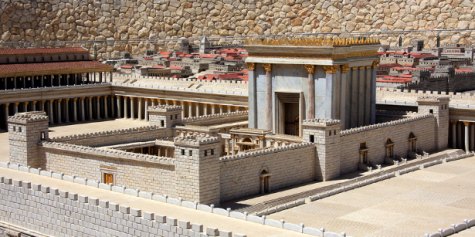
The festival is observed for eight consecutive days and nights, celebrated by Jewish people across the globe. This year, Hanukkah will begin on the evening of Dec. 18 and will end on Dec. 26.
Each night leading up to the final evening of Hanukkah, one candle is lit on a traditional Jewish Menorah. A Menorah, Hebrew for “lamp,” is lit in households for families to bring the “miracle of light” from the ancient Holy Temple into their homes.
Other popular Hanukkah traditions include playing dreidel, enjoying fried foods such as potato latkes and jelly donuts (sufganiyot), exchanging gifts, and listening to Hanukkah music.
Kwanzaa
Kwanzaa, observed from Dec.26 to Jan. 1st, is a weeklong celebration of African-American culture in the United States (US).
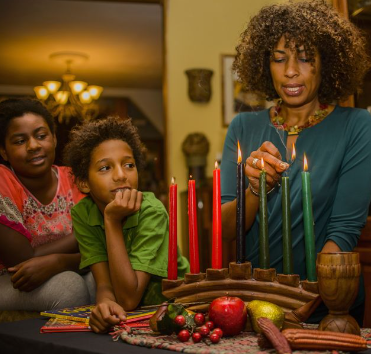
Kwanzaa was created in 1966 by Maulana Karenga, an African-American activist, and leader of the Black Power movement. Formed during the Civil Rights movement (the 1950s – 1960s), Kwanzaa celebrations enabled members of the African-American diaspora to connect with their African roots and principles during a time of racial unrest.
The holiday has seven principles, each of which is celebrated on each day of Kwanzaa. These principles include unity (Umoja), self-determination (Kujichagulia), collective responsibility (Ujima), cooperative economics (Ujamaa), purpose (Nia), creativity (Kuumba), and faith (Imani).
Kwanzaa’s key principles can be traced back to its
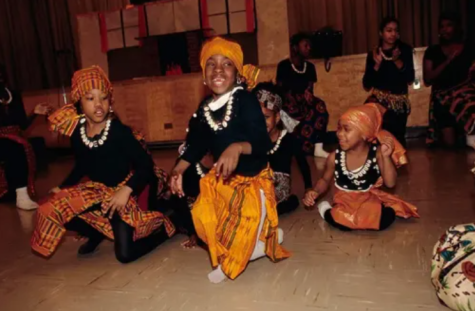
historical ties with the Civil Rights movement.
“The seven principles that are a part of Kwanzaa are the most important. Kwanzaa represents unity. The solidarity within the African-American community; especially during the Civil Rights movement with African-Americans coming together and pushing for their rights,” said Jacob Davis, African-American studies teacher.
Kwanzaa festivities include music, dancing, African drums, poetry reciting, storytelling, and a large potluck-style feast on Dec. 31, called a Karamu.
“I like to see the festivities because it is one of the few things that we as African- Americans have that represents our culture and our roots,” said Davis. “I love to see people celebrating and I would like to see more people celebrate it. It just makes me hopeful for the future”
Bodhi Day
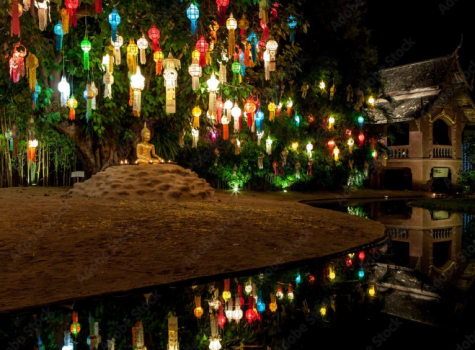
Photo Credits: Ga/Adobe Stock
Bodhi Day, celebrated most commonly on Dec. 8, is a Buddhist holiday that commemorates the day Siddhartha Gautama (also referred to as the Buddha) earned enlightenment through the practice of meditation.
The Buddha lived as a religious teacher who founded Buddhism. For Buddhists, reaching enlightenment means an individual has discovered the true essence of life and reality.
Bodhi Day is generally observed quietly as Buddhists spend the day meditating, praying, and chanting sutras (Buddhist sacred texts). While Bodhi Day traditions are unique in different countries, it is traditional for Buddhists to eat rice and milk, and multi-colored string lights around their homes.
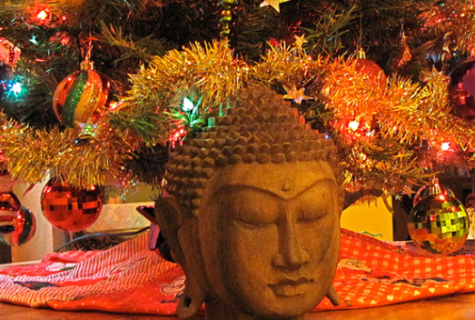
The stringing of multi-colored lights on Bodhi Day represents the multiple pathways to reaching enlightenment. Unity is also symbolized through the connected light bulbs.
Lucia – festival of lights
Lucia – festival of lights, also known as Saint Lucia’s Day, is a Nordic Christian holiday celebrated most commonly in Sweden. Lucia occurs each year on Dec. 13 and hosts a variety of traditional customs.
The holiday commemorates Saint Lucy, a Christian saint in the early fourth century.
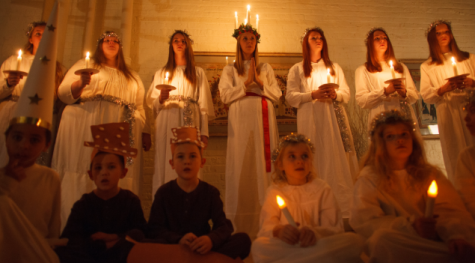
In the United States, the holiday is typically celebrated in a church. Hymns and carols are sung by a Swedish children’s group and an adult choir. After the performances, Swedish dishes such as Smörgåstårta, Svenska köttbullar, and Lussekatter rolls are enjoyed alongside Swedish music and games.
The holiday also includes a variety of costumes, which embrace popular holiday figures.
“Usually people dress up as Gingerbread men or Santa Claus, and there’s usually another costume called a stjärngossar, which is usually a white robe with a cone-shaped hat. I would say the most important however is the person who dresses up as Lucia,” said Karl Badeau, Swedish-American senior at IHS.
The eldest female member of the children’s group traditionally dresses in a white robe and wears a crown, an evergreen wreath studded with candles – to represent “Lucia” – or Saint Lucy, bringing light into the darkest time of year.
Swedish holidays like Lucia help first-generation Swedes embrace their heritage in the US.
“I am first-generation. Sometimes I don’t even feel super Swedish and other times I do, and celebrating this holiday is one of those times,” said Badeau
Yule
Yule is the Pagan festival of the winter solstice, and one of the oldest winter celebrations in the world.
First celebrated by Germanic Pagans in the fifth century BCE, Yule is based in the Nordic countries. In ancient Nordic tradition, men would bring Yule logs from trees home for burning. The logs would be used as sites where family members could bear sacrifices while feasting.
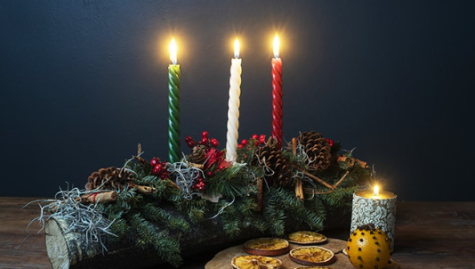
Today, the festival is celebrated by Wiccans and believers of other neo-pagan religions. This year, Yule began on Dec. 21, 2022, and will end on Jan. 1, 2023. Modern Yule celebrations include bonfires, ritual sacrifices, feasts, and gift-giving.
Yule celebrations are appreciated by Pagans for their communal nature.
“Yule makes me feel connected to Pagans in other parts of the United States. As a Pagan myself, I think it’s a really powerful thing to have that connectivity” said Zoe Hughes, IHS junior.
According to a recent Pew Research Institute Religious Landscape Study, 0.03 percent of respondents in the United States identified as either Pagan or Wiccan, making Hughes and other Pagans, members of a minority religious movement.
Despite the size of the Pagan and Wiccan community in the US, believers find power in holidays such as Yule.
“There is a very small but powerful Pagan community in the United States, and while Yule is not the most common holiday, for me, it represents the connection of people and emotions and positivity that come in with the winter season,” said Hughes.

